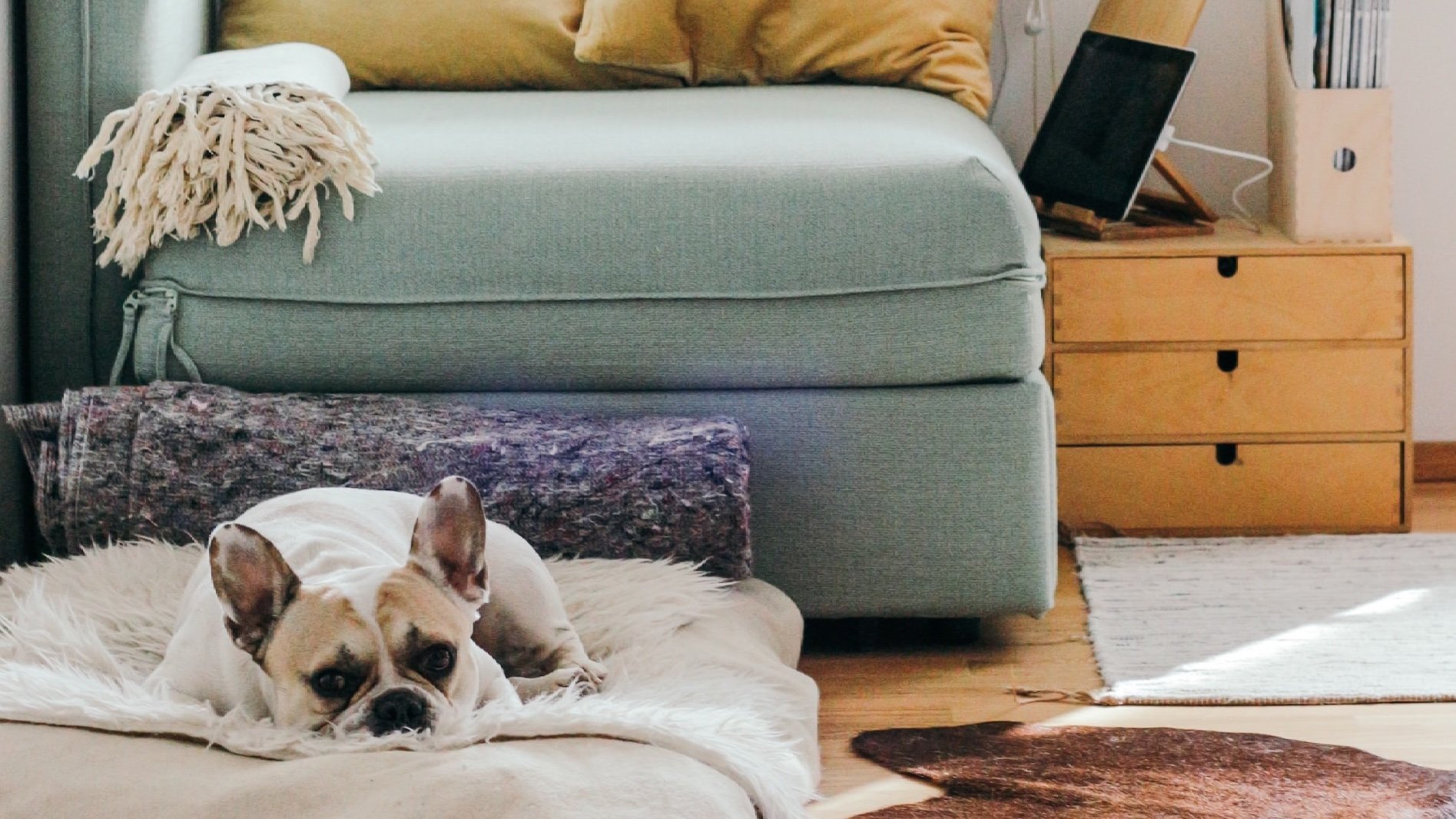Using boundaries for better sleep
Do you notice when you walk into your kitchen you feel a pang of hunger?
Or when you step into your workspace you get a little spike of energy – a tiny rush of adrenaline?
Or when you flop onto your couch you automatically reach for your phone or a nearby magazine – without even thinking about it?
Our physical environments, including the rooms in our homes and even specific pieces of furniture, cue certain behaviours and habits – sometimes without us even realizing it (because it's all happening in the unconscious mind).
"Why Your Brain Needs Boundaries" is one of the best articles I read last year. It touches on why our brains need these boundaries (not the type of boundaries you might be thinking about like telling someone ‘no’), but actual physical boundaries that give our brains context that shape feelings and actions. This article explores the fascinating questions. Of course I’m thinking about how this affects our sleep!
“What happens when we relocate huge portions of our lives away from distinct physical spaces and into virtual ones? What happens when work, play, shopping, learning, flirting, and many of our other daily activities are no longer separated by spatial and temporal and contextual boundaries, but instead bleed together wherever and whenever we happen to be on our screens?”
We know reserving our beds (and ideally bedrooms) for only sleep and sex strengthens this space as a cue for sleep. Our technology is SO portable! It’s easy to scroll, watch, tap, shop, gossip, whatever … when we’re in bed. But this can dilute the bed as a powerful cue for sleep, making it harder to fall asleep AND stay asleep.
Beyond the bed - our dinner table, the comfy porch chair, and our favourite couch can become places where we are immersed in our phones or tablets, doing things other than eating, real life socializing or relaxing. It’s easy to dip back into work long after you've declared your work day over.
The questions becomes: Is there any place in your home that you associate solely with having a break from all of the doing stuff?
If every space becomes a potential workplace or shopping mall - our nervous systems don't get to spend enough time in rest and digest - the relaxation mode. This can throw off the hormones that help us fall asleep and stay asleep.
At a talk I was giving on sleep recently, I asked participants to raise their hands if they often bring their phones with them to the bathroom. At least 50% of the room raised their hands. I wasn’t expecting that! We chuckled and then reflected on where in our lives DO we have sacred spaces in which we truly get to shut off?
As we head into the cooler months and are spending more time indoors, I’m thinking about the ways we can use our spaces to support the habits, behaviours and feelings we want more of – to create more ease, energy, focus and better sleep.
Here are some of the inspiring ideas I’ve gleaned from my conversations with you:
When I’m working at home I like to move around my house but I’m careful about where I work. At the kitchen table, I try to work in a different chair than I do at meal times.
My office is also my meditation room. I’ve set up a little meditation cushion beside my desk with a little alter to make this space special so when I sit I’m not thinking about work.
I live in a tiny condo and work and sleep in the same room. I use ‘sensory cues’ when I’m shifting tasks or moving from work to rest – to let my brain know when I need to be ‘on’ and when I get to relax. Lighting a candle, burning essential oils, or listening to specific playlists at specific times help me feel and operate differently at different times of day.
I’ve started using a charging station in my bathroom so I don’t check emails as the last thing before I turn out my lights.
We have a no-phone rule at the dinner table and for one hour afterwards to invite connection and conversation and keep mealtime sacred.
I no longer let myself work on my couch but if I want to tackle work emails after hours, I use a specific comfy chair – so my couch remains a total work-free, relaxing zone.
I love the intentionality behind these little shifts – I also love the ideas around using both physical and sensory cues to create boundaries and associations.
Are there any little changes you want to make around how you inhabit your spaces, to support yourself? Can you use boundaries not to constrain yourself, but to create helpful separations? Are there any non-negotiables in your home when it comes to using screens at certain times or in certain places or spaces?
Tell me! I’d love to add them to my list.


